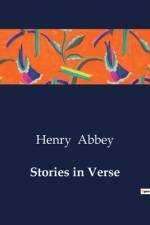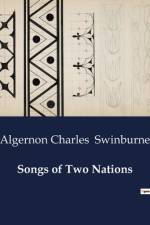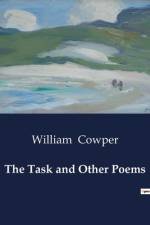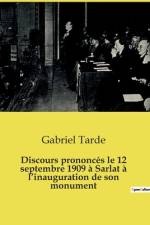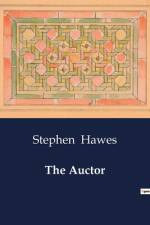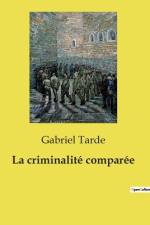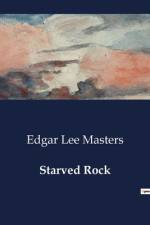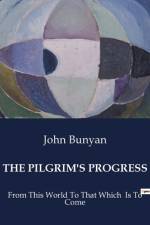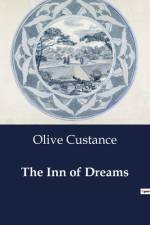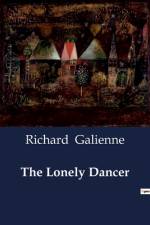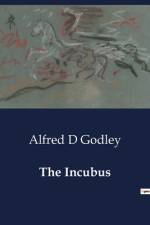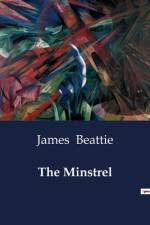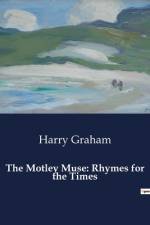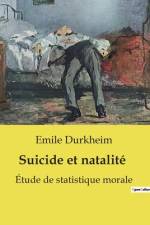av Hannah Cowley
291
Go, idle Boy! I quit thy pow'r; Thy couch of many a thorn and flow'r; Thy twanging bow, thine arrow keen, Deceitful Beauty's timid mien; The feign'd surprize, the roguish leer, The tender smile, the thrilling tear, Have now no pangs, no joys for me, So fare thee well, for I am free! Then flutter hence on wanton wing, Or lave thee in yon lucid spring, Or take thy bev'rage from the rose, Or on Louisa's breast repose: I wish thee well for pleasures past, Yet bless the hour, I'm free at last. But sure, methinks, the alter'd day Scatters around a mournful ray; And chilling ev'ry zephyr blows, And ev'ry stream untuneful flows; No rapture swells the linnet's voice, No more the vocal groves rejoice; And e'en thy song, sweet Bird of Eve!With whom I lov'd so oft to grieve, Now scarce regarded meets my ear, Unanswer'd by a sigh or tear. No more with devious step I choose To brush the mountain's morning dews; "To drink the spirit of the breeze," Or wander midst o'er-arching trees; Or woo with undisturb'd delight, The pale-cheek'd Virgin of the Night, That piercing thro' the leafy bow'r, Throws on the ground a silv'ry show'r. Alas! is all this boasted ease To lose each warm desire to please, No sweet solicitude to know, For others' bliss, for others' woe, A frozen apathy to find, A sad vacuity of mind? O hasten back, then, heavenly Boy, And with thine anguish bring thy joy! Return with all thy torments here, And let me hope, and doubt, and fear. O rend my heart with ev'ry pain! But let me, let me love again.

